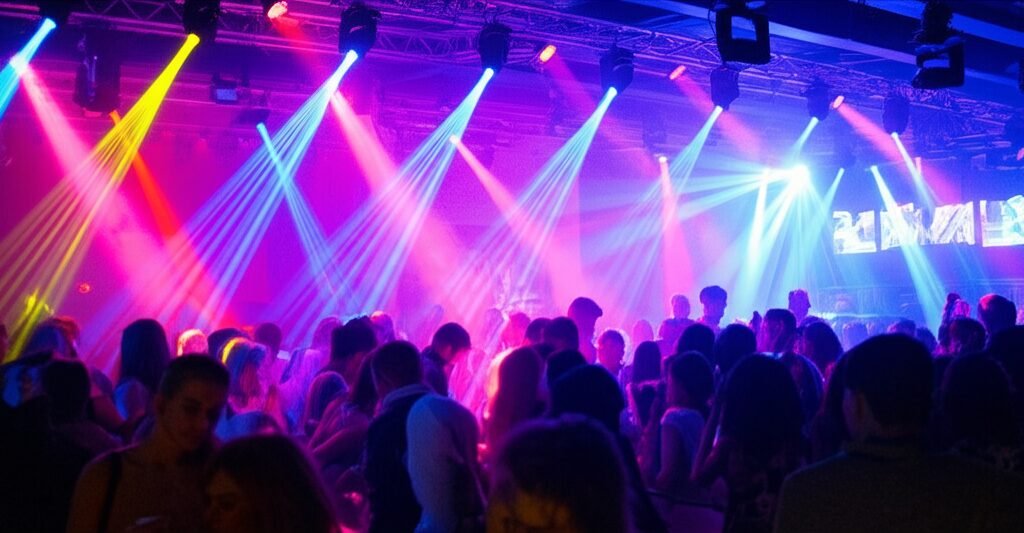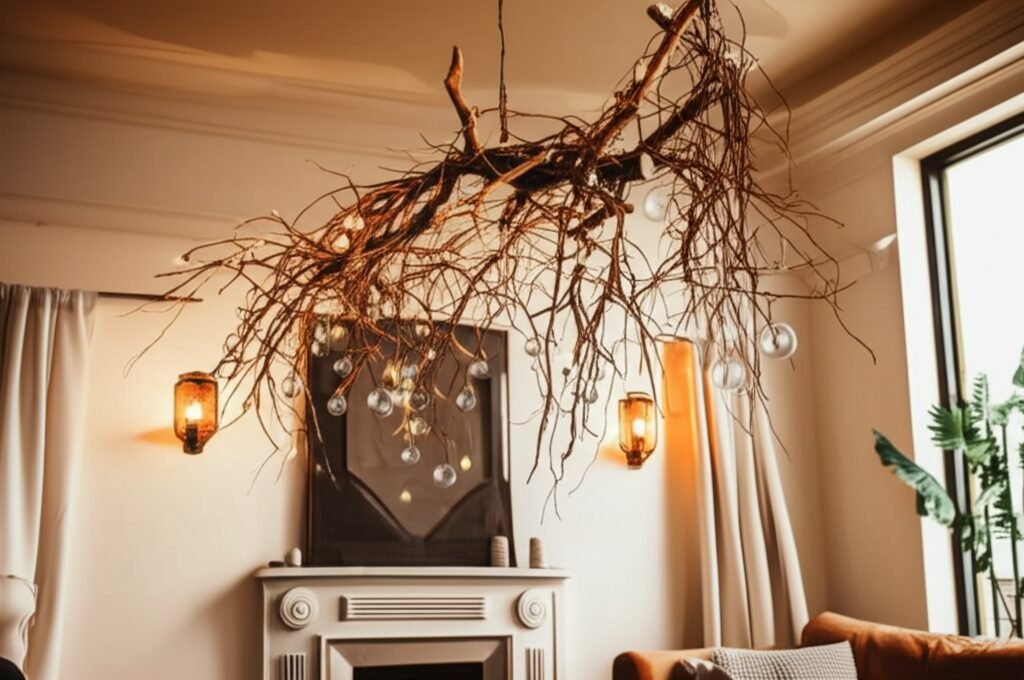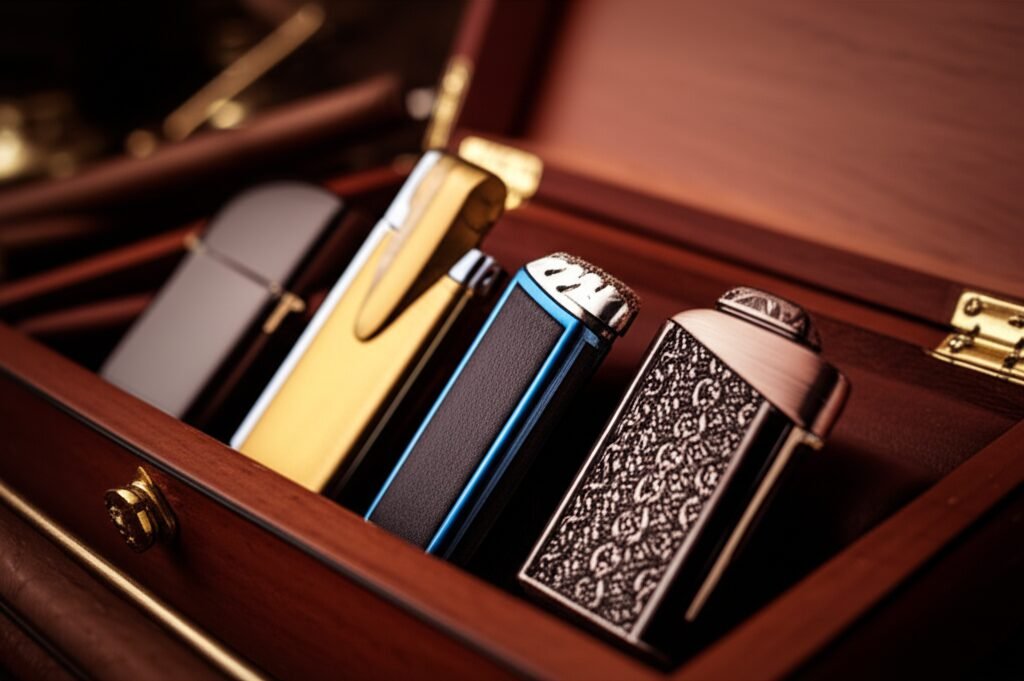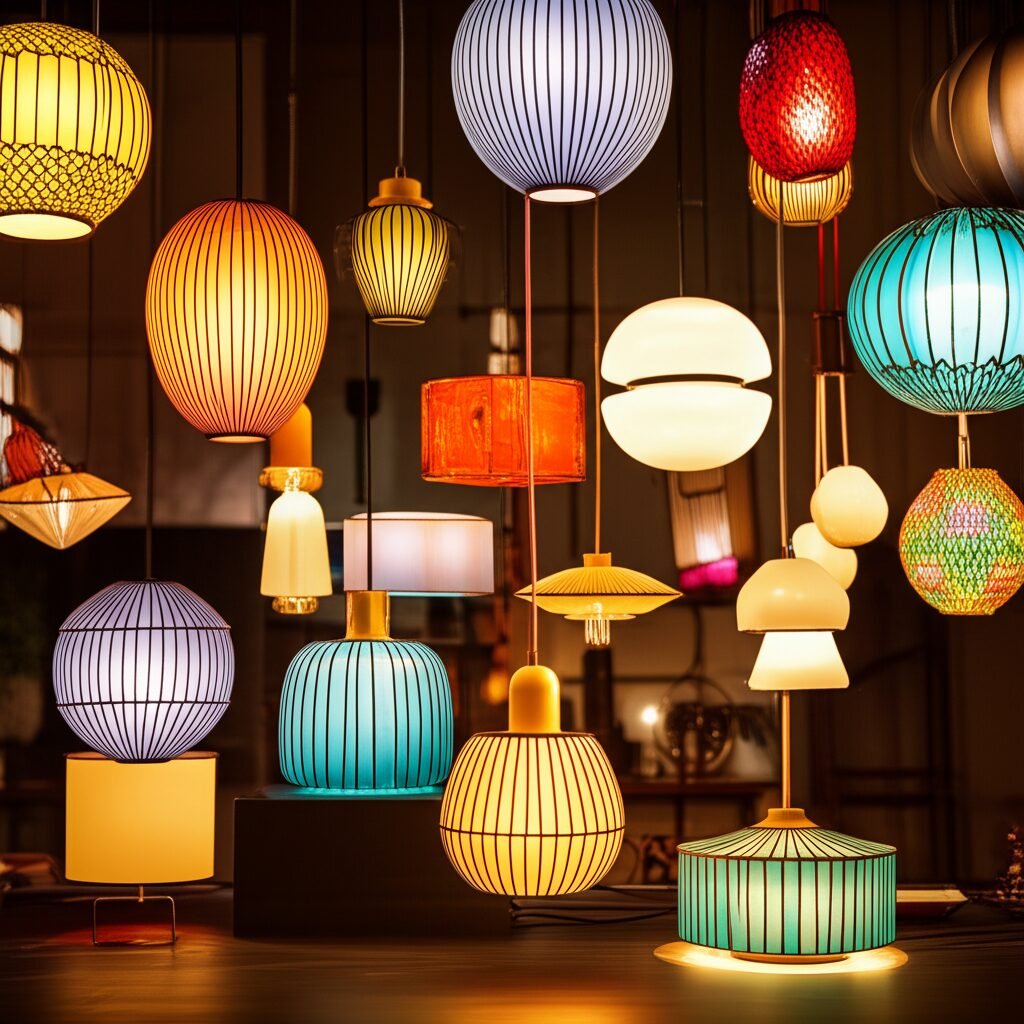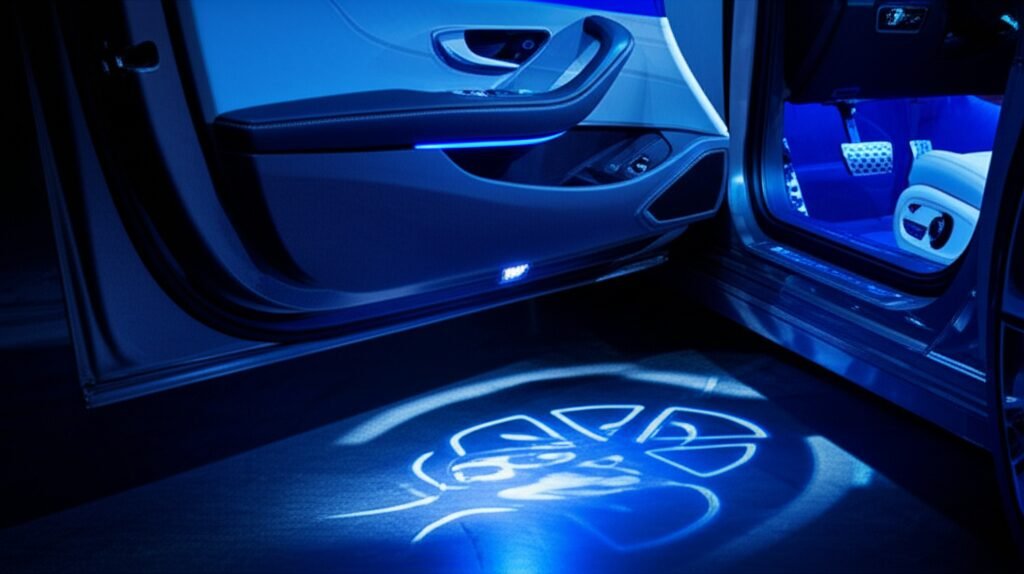Key Takeaways
- • Design Flexibility: Custom pendants adapt to any room size, ceiling height, and aesthetic preference.
- • Technology Integration: Modern LED options offer energy efficiency and smart home compatibility.
- • Installation Considerations: Professional installation recommended for electrical safety and warranty protection.
- • Cost Range: Budget options start around $150, high-end custom pieces can reach $2,000+.
- • Trending Styles: Black fixtures, glass artistry, and minimalist designs dominate 2025 trends.
- • Applications: Works for kitchens, dining rooms, entryways, outdoor spaces, and commercial venues.
Understanding Custom Pendant Lighting Design Options
Custom pendant lighting gives you complete control over your space’s illumination. Unlike mass-produced fixtures, these lights get designed specifically for your room dimensions, ceiling height, and personal style preferences. The customization process typically starts with selecting your base material… whether that’s hand-blown glass, brushed metal, or reclaimed wood.
Material selection plays a huge role in both aesthetics and functionality. Glass pendants work great for kitchens because they’re easy to clean and don’t absorb cooking odors. Metal fixtures suit industrial spaces, while natural materials like wood or rattan complement bohemian interiors perfectly. I’ve noticed that clients often underestimate how much the material choice affects the light quality… frosted glass creates soft, diffused light while clear glass produces more focused illumination.
The sizing process requires careful consideration of your space proportions. A pendant that’s too small gets lost in a large room, while oversized fixtures can overwhelm smaller spaces. The general rule I follow is that pendant width should be about 1/3 the width of your table or island underneath it. However, this isn’t set in stone… sometimes breaking these rules creates more interesting visual impact.
Color temperature selection matters more than most people realize. Warm light (2700K-3000K) creates cozy atmospheres perfect for dining areas, while cooler light (4000K+) works better for task-oriented spaces like home offices. Many stunning custom light fixtures now include tunable white technology, letting you adjust color temperature throughout the day.
When planning custom pendants, consider how they’ll interact with your existing lighting scheme. Layered lighting combines ambient, task, and accent illumination for the most versatile results. Your pendant might serve as the primary light source, or it could work alongside recessed lights and table lamps to create a complete lighting ecosystem.
Event-Specific Custom Lighting Solutions for Different Spaces
Different spaces require completely different lighting approaches, and this is where custom pendant solutions really shine. In dining rooms, you want fixtures that create intimacy without casting shadows on people’s faces. I’ve found that multiple smaller pendants work better than one large fixture for this purpose… they distribute light more evenly and create interesting visual rhythm.
Kitchen islands present unique challenges because you need both task lighting for food prep and ambient lighting for casual dining. Linear pendant arrangements work particularly well here, with fixtures spaced about 30 inches apart for optimal coverage. The height should be around 28-34 inches above the countertop, though this can vary based on your ceiling height and personal preferences.
High-end club lighting solutions demonstrate how dramatic pendant lighting can transform commercial spaces. These applications often use color-changing LEDs and wireless control systems to create different moods throughout the evening. While residential applications might not need this level of complexity, the principles of mood lighting apply to home spaces too.
Entryways and foyers benefit from statement pendant fixtures that create a strong first impression. These spaces can handle more dramatic sizing because people aren’t spending extended time underneath the lights. A large, sculptural pendant in an entryway sets the tone for your entire home’s design aesthetic.
Bedroom pendant lighting requires careful consideration of both function and ambiance. Bedside pendants work great as reading lights while freeing up nightstand space, but they need to be positioned carefully to avoid glare. I typically recommend fixtures with warm light output and dimming capability for these applications.
Home offices increasingly rely on pendant lighting as more people work from home. These fixtures need to provide adequate task lighting without creating computer screen glare. Adjustable pendants work particularly well because they let you fine-tune the light direction based on your specific setup.
DIY vs Professional Installation: Safety and Common Mistakes
Electrical work isn’t something to take lightly, and pendant lighting installation involves both electrical connections and proper mounting techniques. While simple fixture swaps might seem manageable, custom pendants often require additional support and specialized wiring that goes beyond basic DIY skills.
The most common mistake I see with DIY installations is inadequate ceiling support. Standard electrical boxes aren’t designed to support heavy pendant fixtures, especially large custom pieces made from materials like blown glass or metal. Many jurisdictions require ceiling fan boxes or specially rated mounting hardware for fixtures over a certain weight… something many DIY installers overlook.
DIY branch chandeliers and safety considerations highlight the importance of proper electrical connections. Loose wire nuts or incorrect gauge wiring can create fire hazards that might not manifest for months or years after installation. Professional electricians carry insurance and warranties that protect you if something goes wrong… a consideration that often outweighs the initial cost savings of DIY work.
Height adjustment represents another area where people frequently make mistakes. Pendants installed too low create head-bump hazards, while fixtures hung too high lose their visual impact and lighting effectiveness. The optimal height depends on ceiling height, room size, and the fixture’s intended purpose, requiring experience to get right.
When custom pendants include dimming functionality, the electrical complexity increases significantly. Different LED drivers require specific dimmer types, and compatibility issues can cause flickering, buzzing, or premature failure. Professional installers stay current with these technical requirements and can recommend appropriate control systems.
Common mistakes to avoid include choosing incompatible bulb types, ignoring weight limits, and failing to account for thermal expansion in metal fixtures. These issues might not appear immediately but can cause problems down the road.
If you’re determined to tackle installation yourself, start with simpler projects and gradually work up to more complex custom pieces. However, for expensive custom fixtures or installations involving new electrical circuits, professional installation usually provides better long-term value.
Glass Artistry in Modern Pendant Lighting
Hand-blown glass pendant lighting represents the intersection of functional lighting and fine art. The techniques used to create these pieces have evolved from traditional glassmaking methods, but modern artisans incorporate contemporary design elements that work beautifully in today’s interiors.
The process starts with selecting the right type of glass for your specific application. Clear glass maximizes light transmission but shows dust and fingerprints more readily. Frosted or etched glass diffuses light beautifully while hiding imperfections, making it more practical for high-traffic areas. Colored glass creates dramatic effects but can affect the color rendering of your space.
Artistic glass lighting for villas demonstrates how these pieces can serve as focal points in luxury residential settings. The key is balancing artistic impact with practical lighting needs… a stunning glass pendant that doesn’t provide adequate illumination defeats its purpose.
Texture plays a huge role in how glass pendants interact with light. Smooth surfaces create crisp light patterns, while textured glass produces softer, more diffused illumination. Some artisans incorporate bubbles, colored inclusions, or surface treatments that create interesting shadow patterns when illuminated.
The color temperature of your LED bulbs significantly affects how glass pendants appear. Warm white light enhances amber and warm-colored glass, while cool white light can make these same fixtures appear muddy or dull. I always test different bulb options before finalizing installations to ensure the best visual result.
Maintenance considerations matter with glass pendants, especially in kitchens where cooking residue can accumulate. Some glass treatments resist staining better than others, and fixture design affects how easy cleaning will be. Pieces with complex curves or tight crevices require more maintenance than simpler designs.
Selecting themes for villa lighting involves considering the overall architectural style and interior design direction. Mediterranean villas might feature warm-toned glass with organic shapes, while modern spaces often benefit from clean lines and neutral colors.
Size scaling becomes particularly important with glass pendants because the material’s transparency can make fixtures appear smaller than their actual dimensions. This optical illusion often leads to selecting pendants that seem perfectly sized in the showroom but disappear in larger spaces.
LED Technology Trends Shaping Custom Pendant Lights
The LED lighting industry continues evolving rapidly, with new developments affecting custom pendant design possibilities. Current LED trends for 2025 point toward increased efficiency, better color rendering, and more sophisticated control options that make custom fixtures more versatile than ever.
Tunable white technology represents one of the most significant advances in residential lighting. These systems let you adjust color temperature throughout the day, supporting natural circadian rhythms while providing optimal light for different activities. Morning light can be cool and energizing, while evening illumination shifts to warm and relaxing tones.
Smart home integration has become standard rather than optional for many custom lighting installations. Modern LED drivers can connect to home automation systems via WiFi, Zigbee, or Z-Wave protocols. This connectivity enables scheduling, remote control, and integration with other smart home devices like motion sensors or voice assistants.
The modern LED pendant lights market shows strong growth driven by energy efficiency concerns and design innovation. Manufacturers are developing LED modules specifically for custom applications, with improved thermal management and longer lifespans that make custom fixtures more practical investments.
Color rendering index (CRI) improvements mean LED pendants now reproduce colors more accurately than earlier generations. High-CRI LEDs (90+ CRI) cost more but provide significantly better color quality, especially important in spaces where accurate color perception matters like art studios or retail environments.
Miniaturization of LED components allows for slimmer pendant designs that weren’t possible with traditional bulbs. This trend enables custom fixtures with clean, minimalist aesthetics while maintaining excellent light output. Some pendants now integrate LEDs directly into the fixture design rather than using replaceable bulbs.
Heat management continues improving through better LED chip design and heat sink technology. This matters for custom pendants because excessive heat can damage decorative materials like wood, fabric, or certain finishes. Modern LEDs run cooler, extending both LED life and fixture durability.
Dimming performance has reached the point where LED pendants can dim to 1% of full output without flickering or color shifting. This capability makes LED fixtures suitable for mood lighting applications that previously required incandescent or halogen sources.
Creating Mood and Ambiance with Custom Pendant Solutions
Mood lighting requires understanding how different lighting characteristics affect human psychology and behavior. Warm light promotes relaxation and social interaction, while cooler light increases alertness and focus. Custom pendants give you precise control over these characteristics in ways that general lighting cannot match.
Mood lighting techniques for clubs provide insights applicable to residential spaces. The key principles involve layering different light sources, controlling intensity levels, and using color strategically to create desired atmospheres. While homes don’t need disco balls, the concepts of dramatic lighting and mood creation translate perfectly.
Layered lighting approaches combine multiple pendant fixtures at different heights and intensities. This technique creates depth and visual interest while providing flexibility for different activities. A dining room might feature a primary pendant over the table, supplemented by smaller pendants in corners or alcoves for ambient lighting.
Control systems make or break mood lighting installations. Basic dimmer switches provide some flexibility, but sophisticated control systems allow preset scenes for different occasions. “Dinner party” settings might emphasize warm, dim lighting, while “homework time” could shift to bright, cool illumination.
The psychological impact of pendant height affects room perception and user comfort. Lower pendants create intimate, cozy feelings but can make spaces feel smaller. Higher installation opens up the visual space but reduces the intimate quality. Finding the right balance requires considering both the physical space and intended emotional response.
Shadow patterns contribute significantly to ambiance creation. Pendants with perforated shades or textured materials cast interesting patterns on walls and ceilings, adding visual movement and texture to spaces. These effects become more pronounced with lower ambient light levels.
Creating VIP areas with custom lighting demonstrates how pendant positioning can define spaces within larger rooms. Residential applications might use pendant clusters to define dining areas within open floor plans or create reading nooks in larger rooms.
Color psychology plays a role in pendant selection and bulb choice. Blue light increases alertness but can feel cold in residential settings. Red light creates warmth and intimacy but can make food appear unappetizing. Most residential applications benefit from warm white light (2700K-3000K) with occasional accent colors for special occasions.
Budget-Friendly Custom Pendant Lighting Options
Custom lighting doesn’t always require massive investments, and several strategies can achieve personalized results while managing costs effectively. The key is understanding where to invest for maximum impact and where you can save without compromising quality or safety.
Material selection significantly affects pricing, with some options providing custom looks at fraction of high-end costs. Powder-coated metal fixtures offer durability and custom color options without the expense of hand-forged pieces. Similarly, machine-blown glass costs much less than hand-blown artisan work while still providing unique visual appeal.
Semi-custom approaches let you personalize standard fixtures through finish choices, shade materials, or size modifications. Many manufacturers offer these services at modest upcharges compared to fully custom fabrication. This route works particularly well when you find a basic design you like but need specific sizing or color requirements.
DIY customization of basic fixtures can create unique looks with minimal investment. Simple modifications like adding decorative elements, changing bulb types, or painting existing fixtures can dramatically alter their appearance. However, any modifications affecting electrical components should involve qualified electricians.
Timing purchases around manufacturer sales or end-of-season clearances can reduce costs substantially. Custom lighting companies often discount floor samples or discontinued designs, providing opportunities for significant savings on otherwise expensive pieces. Building relationships with local lighting showrooms can provide advance notice of these opportunities.
Group orders or multiple fixture purchases often qualify for volume discounts from custom manufacturers. If you’re furnishing an entire home or working on a renovation project, ordering all pendants simultaneously can reduce per-unit costs significantly compared to piecemeal purchases.
Local artisans and small manufacturers sometimes offer more competitive pricing than large national companies, especially for simpler designs. Art schools and maker spaces often have talented individuals looking to build portfolios who can create custom pieces at reasonable costs.
Retrofit approaches involve updating existing pendant fixtures with new bulbs, controls, or minor modifications rather than complete replacement. LED conversion kits can modernize older fixtures while adding dimming capability and energy efficiency at fraction of new fixture costs.
Outdoor Custom Pendant Lighting Applications
Outdoor pendant lighting extends living spaces beyond interior walls, but requires completely different considerations compared to indoor applications. Weather resistance, mounting challenges, and electrical safety requirements make outdoor pendants more complex but also more rewarding when done correctly.
Outdoor glass lighting techniques address the unique challenges of exterior installations. Glass fixtures need tempered or specially treated materials to handle temperature fluctuations, and mounting systems must accommodate thermal expansion and wind loads that don’t affect indoor installations.
Covered outdoor spaces like pergolas, pavilions, or deep overhangs provide the best opportunities for pendant lighting. These locations offer some weather protection while maintaining the open-air feeling that makes outdoor spaces appealing. Pendant placement should consider prevailing winds and seasonal weather patterns.
Electrical requirements for outdoor pendants involve GFCI protection, weatherproof junction boxes, and appropriate cable types rated for outdoor use. Many jurisdictions require permits for outdoor electrical work, and code requirements are stricter than indoor installations. Professional installation becomes even more important for outdoor applications.
Material selection focuses on durability rather than just aesthetics. Stainless steel, powder-coated aluminum, and specially treated woods resist corrosion and weathering better than materials suitable for interior use. Plastic and composite materials often provide better long-term value than natural materials in outdoor applications.
Landscape lighting integration coordinates pendant fixtures with pathway lights, uplighting, and architectural illumination for cohesive outdoor lighting schemes. Pendants often serve as focal points within broader landscape lighting designs rather than primary illumination sources.
Control systems for outdoor pendants benefit from automation capabilities like photocells, timers, and motion sensors. These features provide convenience while enhancing security and energy efficiency. Wireless control systems work particularly well for outdoor applications because they eliminate the need for additional wiring runs.
Maintenance considerations become more important outdoors because fixtures face constant exposure to dust, pollen, rain, and temperature extremes. Easy access for cleaning and bulb replacement should influence fixture selection and mounting height decisions. Some outdoor pendants include features like hinged covers or removable components that simplify maintenance tasks.
Winter storage might be necessary in climates with harsh freezing conditions. Removable pendant designs allow seasonal storage while leaving permanent mounting hardware in place. This approach protects investment while avoiding weather damage during months when outdoor spaces see minimal use.
Frequently Asked Questions
How much should I expect to spend on custom pendant lighting?
Basic custom pendants start around $150-300, while high-end artisan pieces can cost $1,000-3,000 or more. Installation adds $100-300 per fixture depending on complexity. Semi-custom options typically fall in the $300-800 range and offer good value for most residential applications.
How long does custom pendant lighting take to manufacture?
Lead times vary from 4-6 weeks for semi-custom pieces to 12-16 weeks for fully custom artisan work. During peak seasons (spring renovation and holiday periods), lead times can extend significantly. Planning ahead ensures fixtures arrive when needed for your project timeline.
Can I install custom pendant lighting myself?
Simple fixture swaps might be DIY-appropriate if you have electrical experience, but custom pendants often require new circuits, specialized mounting hardware, or complex controls that need professional installation. Safety and warranty considerations usually make professional installation worthwhile.
What’s the difference between custom and semi-custom pendant lighting?
Custom lighting involves designing fixtures from scratch based on your specifications. Semi-custom starts with existing designs but allows modifications like size, finish, or material changes. Semi-custom options cost less and have shorter lead times while still providing personalized results.
How do I choose the right size pendant for my space?
Pendant width should be roughly 1/3 the width of the surface below it. For dining tables, this means a 36-inch table works with 12-inch pendants. Multiple smaller pendants often work better than single large fixtures for even light distribution.
What maintenance do custom pendant lights require?
Glass pendants need regular cleaning to maintain appearance and light output. Metal fixtures might require periodic polishing or touch-up painting. LED components typically last 15-25 years but may need occasional replacement. Access for maintenance should influence installation height decisions.
Do custom pendants work with smart home systems?
Most modern custom pendants can integrate with smart home systems through compatible LED drivers and control modules. Features like dimming, scheduling, and voice control are readily available. Discuss smart home requirements during the design phase for seamless integration.
Are there any restrictions on where I can install pendant lighting?
Building codes limit pendant installations in certain areas like directly over bathtubs or within specific distances of water sources. Ceiling height and structural support requirements also affect installation possibilities. Consult local building officials for specific requirements in your area.


